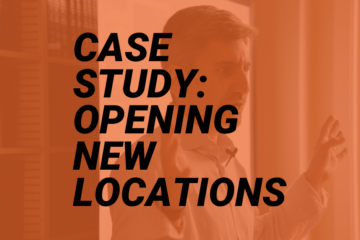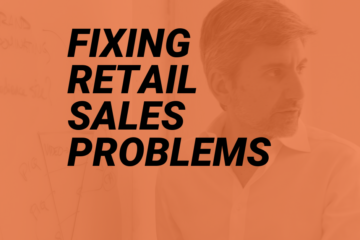Case Study: Expanding by Opening New Locations
This case study covers how to expand into new geographic areas – whether as a new owned location or if you’re franchising. Transcript: Raj: Hi there I’m Raja. And welcome to another case study. I’m here with Hannah Mears and Hannah, we’ve got an interesting one today. Something useful for Read more…

